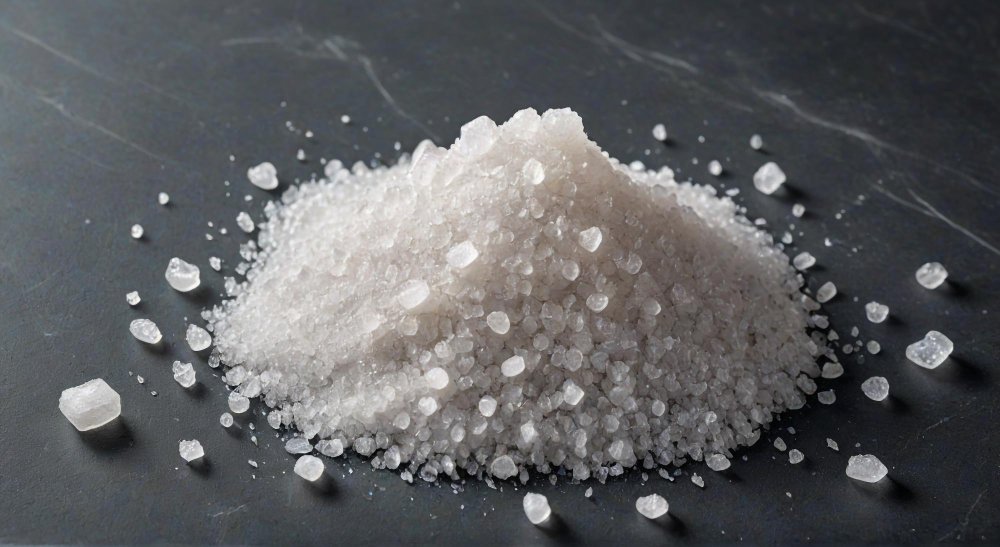Sodium feldspar, a key mineral used across numerous industries, holds a pivotal role in shaping the modern world. From ceramics to glassmaking, this mineral has proven its versatility time and again. Curious to dive deeper? Let’s explore the fascinating world of sodium feldspar and uncover its secrets.
What is Sodium Feldspar?
Sodium feldspar, scientifically known as albite, is a member of the feldspar group of minerals. It predominantly contains sodium, aluminum, and silicon, making it an essential component in industrial applications.
The Chemical Composition of Sodium Feldspar
Sodium feldspar’s chemical formula, NaAlSi3O8, highlights its primary elements:
- Sodium (Na)
- Aluminum (Al)
- Silicon (Si)
- Oxygen (O)
This unique composition gives sodium feldspar its remarkable properties.
Physical Properties of Sodium Feldspar
Here’s a quick breakdown of its physical attributes:
- Color: Ranges from white to shades of gray and pink.
- Hardness: Measures 6-6.5 on the Mohs scale.
- Luster: Exhibits a glassy to pearly sheen.
- Cleavage: Perfect in two directions.
How is Sodium Feldspar Formed?
Sodium feldspar forms in igneous, metamorphic, and sedimentary rocks under specific geological conditions. It crystallizes as molten magma cools, often alongside quartz and mica.
Applications of Sodium Feldspar
1. Ceramics Industry
Sodium feldspar serves as a flux, reducing the melting temperature of raw materials. This property ensures the formation of strong and durable ceramic products.
2. Glass Manufacturing
In glassmaking, sodium feldspar provides alumina, which improves hardness, durability, and resistance to chemical corrosion.
3. Paint and Coatings
Sodium feldspar is an essential filler material in paints, enhancing durability and texture.
4. Plastics and Rubber
It improves the mechanical properties of plastic and rubber products, making them more robust.
5. Construction Materials
Sodium feldspar is a critical ingredient in the production of tiles, sanitary ware, and other construction materials.
Industrial Advantages of Sodium Feldspar
- Cost-Effective: Its abundance makes it an economical choice for manufacturers.
- Versatility: Useful across a wide range of industries.
- Environmentally Friendly: A natural and recyclable material.
Sodium Feldspar vs. Other Feldspars
1. Sodium Feldspar vs. Potassium Feldspar
- Sodium Feldspar: Higher melting point, widely used in glass and ceramics.
- Potassium Feldspar: Preferred for its bright color in ceramics and glass.
2. Sodium Feldspar vs. Calcium Feldspar
- Sodium Feldspar: More versatile and easier to process.
- Calcium Feldspar: Often used in specialized applications.
Geographical Distribution
Sodium feldspar deposits are found globally. Major producers include:
- India: Rajasthan, Andhra Pradesh.
- China: Significant global exporter.
- Turkey: Known for high-quality feldspar.
- United States: Large reserves in North Carolina.
Mining and Processing
The extraction process involves open-pit mining followed by crushing, grinding, and purification. Advanced techniques ensure minimal environmental impact and high-quality output.
Environmental Impact and Sustainability
Sodium feldspar mining has relatively low environmental impact. Responsible mining practices and recycling initiatives further enhance its sustainability.
Innovations in Sodium Feldspar Applications
Recent advancements include:
- Nanotechnology: Enhanced properties for industrial use.
- Green Glass: Sustainable glass manufacturing techniques.
Quality Standards and Certifications
Industries adhere to stringent standards for sodium feldspar to ensure consistency and quality. Certifications like ISO and ASTM are commonly followed.
How to Identify Sodium Feldspar?
Simple tests include:
- Hardness Test: Scratching with steel tools.
- Streak Test: Observing the color of powdered feldspar.
- Cleavage Examination: Studying its perfect cleavage planes.
Why Sodium Feldspar is a Must-Have Mineral
Its unique properties and widespread applications make sodium feldspar indispensable. It’s the backbone of industries shaping modern infrastructure and technology.
Conclusion
Sodium feldspar is more than just a mineral; it’s a cornerstone of innovation and development. From ceramics to cutting-edge technology, its impact is undeniable. As industries evolve, the demand for sodium feldspar will only continue to grow.
FAQs
1. What is the primary use of sodium feldspar?
Sodium feldspar is primarily used in the ceramics and glass industries as a flux to lower melting points.
2. How is sodium feldspar different from potassium feldspar?
Sodium feldspar has a higher melting point and is more commonly used in industrial applications compared to potassium feldspar.
3. Can sodium feldspar be recycled?
Yes, sodium feldspar is recyclable, making it an environmentally friendly choice.
4. Where is sodium feldspar found?
Major deposits are located in India, China, Turkey, and the United States.
5. What industries benefit most from sodium feldspar?
Ceramics, glassmaking, paints, plastics, and construction industries benefit significantly from sodium feldspar.



